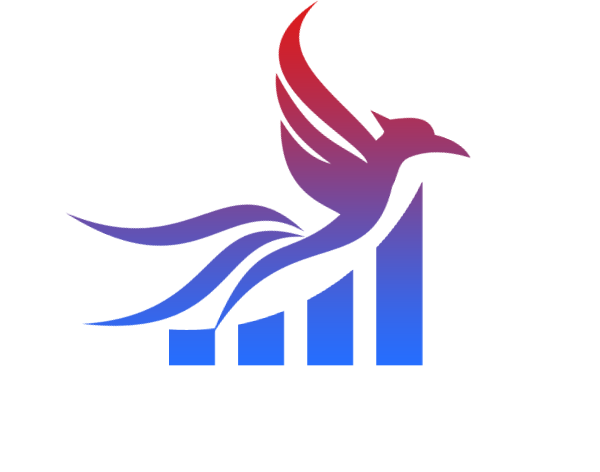Affordable Yet Effective Photography Gear for Beginners
- Content Writer
- August 20, 2023
- Hobbies and Interests, Photography
- 0 Comments
Photography is a fascinating art and hobby. Thankfully, there’s an abundance of gear available today that suits a range of budgets. This guide aims to introduce you to some of the best cost-effective equipment for beginners.
1. Entry-Level DSLRs:
DSLRs (Digital Single-Lens Reflex) cameras have been the go-to for many budding photographers due to their versatility, lens options, and quality.
Popular Models:
- Nikon D3500: Known for its user-friendliness, it comes with a 24.2MP sensor and can be paired with a variety of lenses.
- Canon EOS Rebel T7: Another beginner favorite with a 24.1MP sensor. It’s slightly heavier than its counterparts but offers robust performance.
Price Range: $400 – $600 (with kit lens)
Pros:
- Wide range of lens options.
- Optical viewfinder for real-time shooting experience.
- Decent battery life.
Cons:
- Slightly bulkier compared to mirrorless cameras.
- Fewer features than mirrorless counterparts in the same price bracket.
2. Mirrorless Cameras:
Mirrorless cameras are smaller, often more feature-packed, and generally offer faster autofocus than their DSLR counterparts.
Popular Models:
- Sony Alpha a6000: Comes with a 24.3MP sensor, fast autofocus, and a compact design.
- Fujifilm X-T200: A 24.2MP camera that’s recognized for its color rendition and classic design.
Price Range: $500 – $800 (with kit lens)
Pros:
- Compact and lightweight.
- Fast autofocus.
- Electronic viewfinder (on most models) provides a digital display.
Cons:
- Battery life can be shorter than DSLRs.
- Lenses can be expensive.
3. Smartphone Attachments:
If you’re not ready to invest in a camera, you can start with smartphone photography. There are many attachments available to elevate your phone’s capabilities.
Popular Models:
- Moment Lenses: These are high-quality lenses that can be attached to various smartphones, enhancing wide-angle, telephoto, and macro capabilities.
- Clip-on Lenses (various brands): These are more affordable and versatile but might compromise slightly on image quality.
Price Range: $20 – $150
Pros:
- Highly portable.
- Uses your existing smartphone.
- Good for casual photography and learning.
Cons:
- Not as high quality as dedicated cameras.
- Limited by your smartphone’s inherent capabilities.
Comparison:
Price: Smartphone attachments are the most affordable, followed by DSLRs and then mirrorless cameras. However, mirrorless and DSLR camera prices include a lens, which can be a major part of the cost.
Performance: Both DSLRs and mirrorless cameras outperform smartphone attachments. Between them, the choice often boils down to personal preference. Mirrorless cameras generally have faster autofocus and are more compact, while DSLRs might offer a more traditional feel and longer battery life.
Versatility: DSLRs and mirrorless cameras, with their interchangeable lenses, are more versatile than smartphone attachments.
Conclusion:
The best value for your money depends on your needs:
- If you want a traditional photography experience with a variety of lenses to experiment with, start with an entry-level DSLR.
- If you prioritize a compact design without sacrificing too much on features, go for a mirrorless camera.
- If you’re on a tight budget or just starting out and want to explore basic photography techniques, smartphone attachments might be the way to go.
Remember, the best camera is the one you have with you. It’s more about the skill, technique, and vision than the gear itself. Happy shooting!


